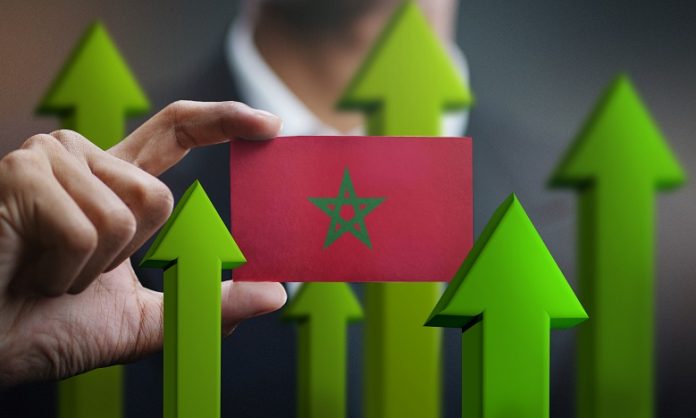Morocco’s economy picked up significant momentum in the second quarter of 2025, recording its highest growth rate since the pandemic recovery began in 2021. According to the latest economic update from the High Commission for Planning, GDP expanded by 5.5%, driven largely by a surge in exports and a strong rebound in domestic demand.
Growth was broad-based, with manufacturing, mining, construction, and hospitality leading the way—together accounting for nearly 40% of the quarterly performance. Export activity jumped by 8.5%, far exceeding forecasts, while household consumption and business investment also climbed. Domestic demand soared by 9.2%, signaling renewed consumer and business confidence.
Investment, which has been on an upward trend since mid-2023, continued to strengthen. Lower interest rates and reduced costs for imported industrial equipment played a key role in supporting this recovery.
At the same time, imports spiked by 15.7%. However, the widening of the trade deficit remained relatively contained, thanks to favorable shifts in export-import price ratios and a stronger dirham, which helped offset imbalances.
The labor market, in contrast, showed a slower pace of improvement. Wage employment rose just 1.4% year-on-year, compared to 3.4% in the previous quarter. Many companies—especially in services and industry—focused on improving productivity instead of hiring, largely in response to higher labor costs tied to the recent minimum wage increase.
This economic upswing did come at a cost. Both public institutions and private firms faced greater financing needs. While tax revenues improved, they weren’t enough to cover the sharp rise in spending—especially salaries, which climbed by 10.8%. As a result, the overall financing deficit grew to 3.2% of quarterly GDP, up from 2% three months earlier.
In the third quarter, growth slowed slightly to an estimated 4.3% year-on-year. Domestic demand remained the main engine, contributing eight points to overall growth. However, foreign trade dragged performance down, with net exports subtracting 3.7 points.
Still, investment kept gaining ground, especially in infrastructure and construction, where activity surged by 14.2%. Household consumption grew by 4.1%, fueled by wage increases in both public and private sectors and a noticeable drop in inflation.
Consumer prices rose just 0.4% year-on-year, thanks to stable food prices (excluding fresh produce), falling energy costs, and easing pressure on global commodity markets.
But signs of a global economic slowdown began to show. The industrial sector lost some steam, with growth falling from 7.4% to 4.4%. The services sector also expanded at a more modest pace. After booming in the previous quarter, exports plateaued, while imports—though less intense—continued to outpace sales abroad, deepening the trade imbalance.
Looking ahead to the final quarter of 2025, the outlook is cautiously optimistic. Growth is expected to edge back up to 4.7%, helped in part by a potential rebound in European demand, as central banks begin loosening monetary policy.
Domestic momentum is expected to stay strong. Additional wage hikes and lower income taxes should keep household spending on the rise. Investment is projected to grow at a solid 12.6% pace, bolstered by business spending and public sector orders.
Services are likely to remain a key growth driver, with gains expected in retail, social services, and consumer-oriented sectors. Industrial output is also set to recover, particularly in automotive, electrical, and mining segments. Meanwhile, construction is forecast to pick up sharply, contributing even more to the national economy.
Still, the High Commission warns that uncertainty remains. Exporters could scale back if foreign demand doesn’t bounce back as expected. On the flip side, the European Union’s carbon border adjustment mechanism—set to take effect in February 2026—might actually give a boost to Morocco’s exports in sectors like chemicals, electrical goods, and industrial equipment. If that happens, it could breathe new life into trade by year’s end, even if imports remain high.





